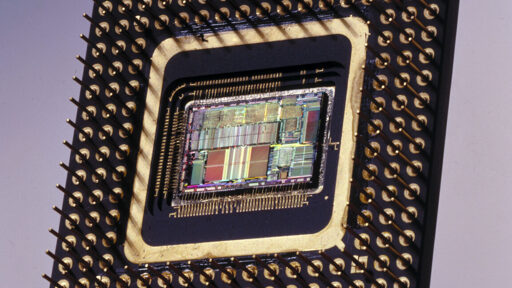I still remember when Debian had problems with the 68000 autobuilders, because the fastest ones of those processors that existed literally could not compile packages fast enough to keep up with the uploads. I think they decided to add more autobuilders instead of give up on the architecture lol.
Forgive my ignorance, but do you have to compile for old architectures on the actual old CPUs? Like were they compiling debian for 486 on actual 486 cpus?
You can generally cross compile across architectures, but there can be instruction or build nuances that can cause hiccups. Also, you need to build everything against the target architecture as well, not just the kernel.
It’s a little different scenario: You don’t need to have a 486 to compile the Linux kernel for a 486. It’s not even cross compilation, it’s just setting particular flags and how to do the compile and what processor features to enable or not. It’s probably useful to test it periodically on the actual processor but in a strict sense it’s not needed.
You do, in general, need to be running on a 68000 to compile parts of the actual whole OS for 68000, since so much stuff is different or custom for each architecture and there is plenty of work involved without trying to introduce emulation or cross-compilation into the mix in any way.
As far as I know, there are still rad hardened 486 chips being made for satellite applications. But my info may be a few years out of date.
The 486DX was the last cpu I truly understood (i did things like disassemble code for it). After the pentium instructions were added, I kind of stopped tracking changes to instruction sets. Now I’d be lucky to follow someone else’s assembly with the help of tools. It was a good time for me, back in the day.
Old 386 and 486 code was really easy. I also got lost around the Pentium era as well. At the time, it was getting really hacky to work through extended and expanded memory while also learning to work with 32bit registers.
At the time, correctly or not, I just felt I was learning to navigate a bunch of architecture bandaids and not anything that was going to be static for the next few years. I just kinda put it aside, TBH.
ASM is still useful for MCUs at times and developing that feels like the good ol days…





